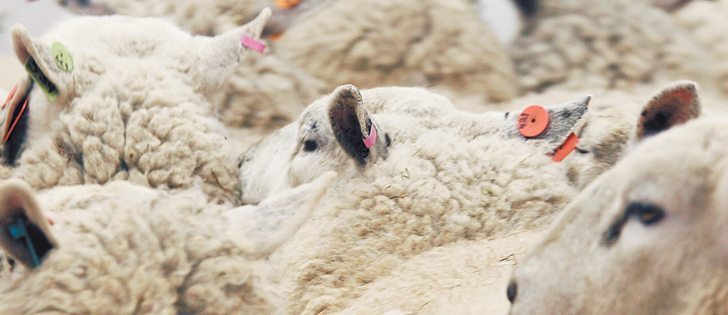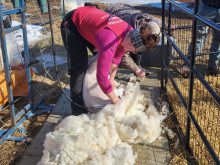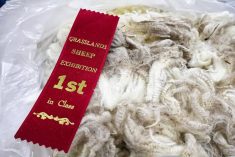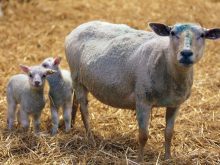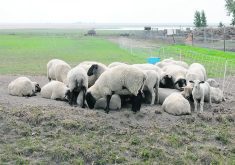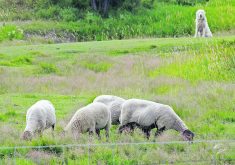Information tells the tale | Facts and figures on an animal’s history are required to make smart culling decisions
LEDUC, Alta. — Pat Smith doesn’t depend on a visual examination when deciding whether to cull or keep sheep on his farm in southern Manitoba.
He makes these decisions by the numbers.
There is no room for guesswork when more than 2,500 ewes are bred to lamb triplets, quads or quints every eight months, Smith told a Jan. 5 Alberta Lamb Producers workshop on precision farm management.
“As you get larger, there is only a certain amount you can keep in your head,” said Smith, who didn’t grow up on a farm and initially worked in the computer industry in Ontario and California.
Read Also
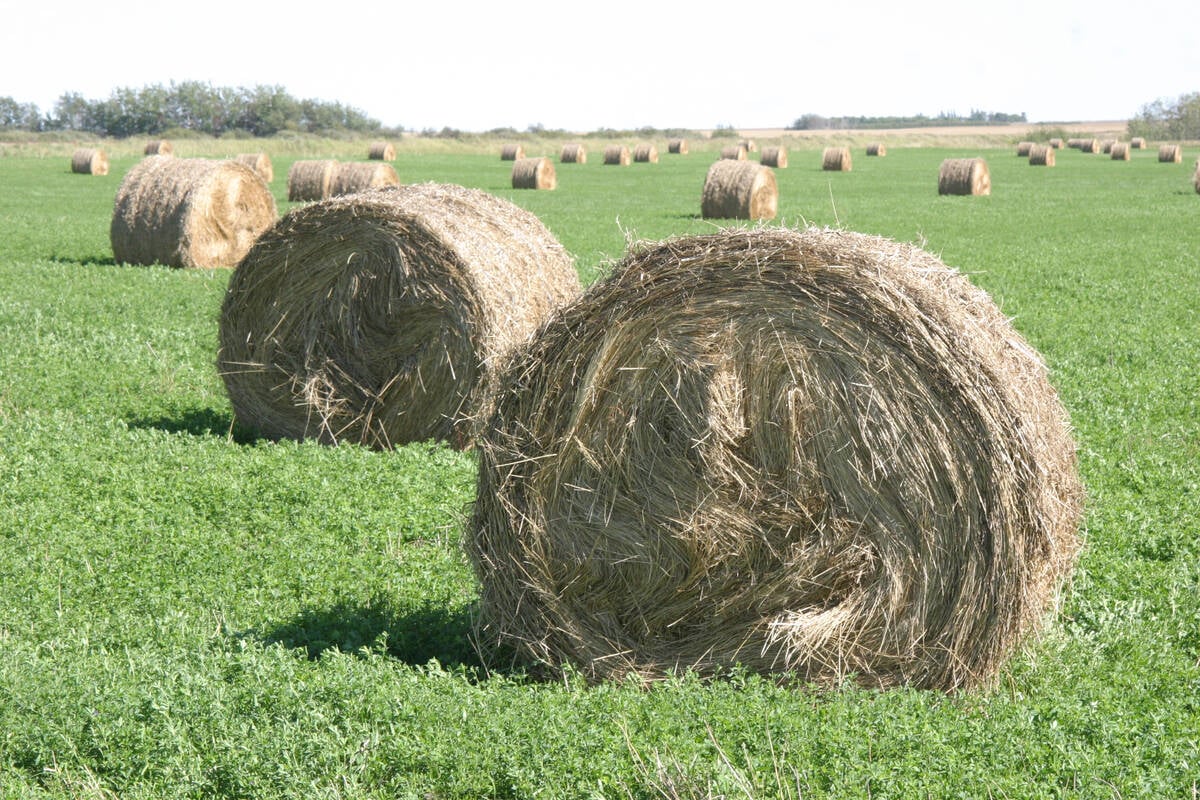
Breaking down successful winter feeding into six steps
It’s that time of year when it is important to start planning for a cow herd’s winter feeding program. Here are six steps I think are necessary to consider when getting your feed tested.
“As you get larger and if you’re not managing by the numbers, it’s just not possible to make the right choices.”
Smith said his work in the high tech industry has made him comfortable with technology.
“It made it more natural for me to use computer technology in farming as part of the decision making,” he said. “I was comfortable using it and it’s the normal way to maintain the information.”
More than 2,500 ewes produced more than 5,000 lambs on his farm last year, with groups of 144 ewes lambing every two weeks throughout the year.
Smith said using computer technology is the only way to know the animal’s history and to make accurate decisions about which sheep and lambs to cull or keep and when to ship them.
Farmers who don’t look at the numbers might be convinced to select the ewe that is “big and fat” after weaning, he added.
Smith didn’t set out to be a farmer. In 1974 he bought 80 acres of land near Sarto, Man., and soon discovered it was too much land to mow. Sheep seemed an easy way to keep down the grass.
Smith was often away from the farm and required his farm help to keep detailed records. The operation was streamlined to uses as little labour as possible.
“Our number one objective is to minimize the labour component in what we do,” he said.
“We have ewes that look after themselves and produce 3.4 lambs a year.”
No one goes into the barns after 10 p.m. or before 7 a.m. in an effort to prevent employee burnout.
“I don’t think it’s necessary to get up in the middle of the night and I don’t think it works. The mortality level on our farm is very, very low, even though we are not there during the night. The ewes have been selected to look after their lambs,” he said.
“We all get a good night sleep.”
Sarto Sheep Farm focuses on retaining ewes that can lamb by themselves and produce at least four healthy lambs every lambing.
“What we looked for was animals that could and would deliver quads and in a size that allowed them to be self sufficient.”
Two lambs are left on the ewe after they are born and the others are raised in the nursery for a month before being weaned. More than 1,000 lambs went through the nursery last year.
Smith said the key to successfully raising lambs in a nursery is to have someone in there who owns the sheep. Smith’s wife, Judy, looks after the nursery.
“You need a person dedicated to the job. It can’t be a task of someone who does it casually.”
Cull ewes and 100 Rideau Arcott lambs, weighing 45 to 50 kilograms each, leave the Manitoba farm every two weeks for the Cookstown sheep market in Toronto. The sheep are sold under the Sarto name and re-ceive a premium price, even for the cull ewes. About 15 to 20 percent of the sheep are culled each year.
“We remove any ewe with problems.”
Smith said he also has a strict ram selection process. His ideal ram lamb is born a quad out of season and has a significant growth rate.
When selecting replacements, he looks for ewes that consistently lamb every eight months and whose lambs have high birth and weaning weights.
“We are managing by the numbers.”

